Building your own gooseneck flatbed trailer can seem like a daunting task, but with the right tools, materials, and guidance, it can be an incredibly rewarding project. Gooseneck trailers offer superior stability and maneuverability compared to traditional trailers, making them ideal for transporting large loads. In this guide, we will delve deeply into the intricate details of constructing a gooseneck flatbed trailer from scratch, ensuring you have all the information needed for a successful build.
Table of Contents
Understanding Gooseneck Trailers
- Overview
- Advantages of Gooseneck Trailers
Essential Materials and Tools
- List of Required Materials
- Must-Have Tools
Designing Your Trailer
- Drafting Plans
- Considerations for Load Capacity
Step-by-Step Building Process
- Frame Construction
- Installing the Gooseneck
- Adding the Deck
- Wheel and Axle Installation
- Electrical System Setup
Safety Measures and Regulations
- Safety Standards
- Weight Distribution Considerations
Final Adjustments and Maintenance
- Ensuring Stability
- Long-Term Care Tips
Conclusion
Understanding Gooseneck Trailers
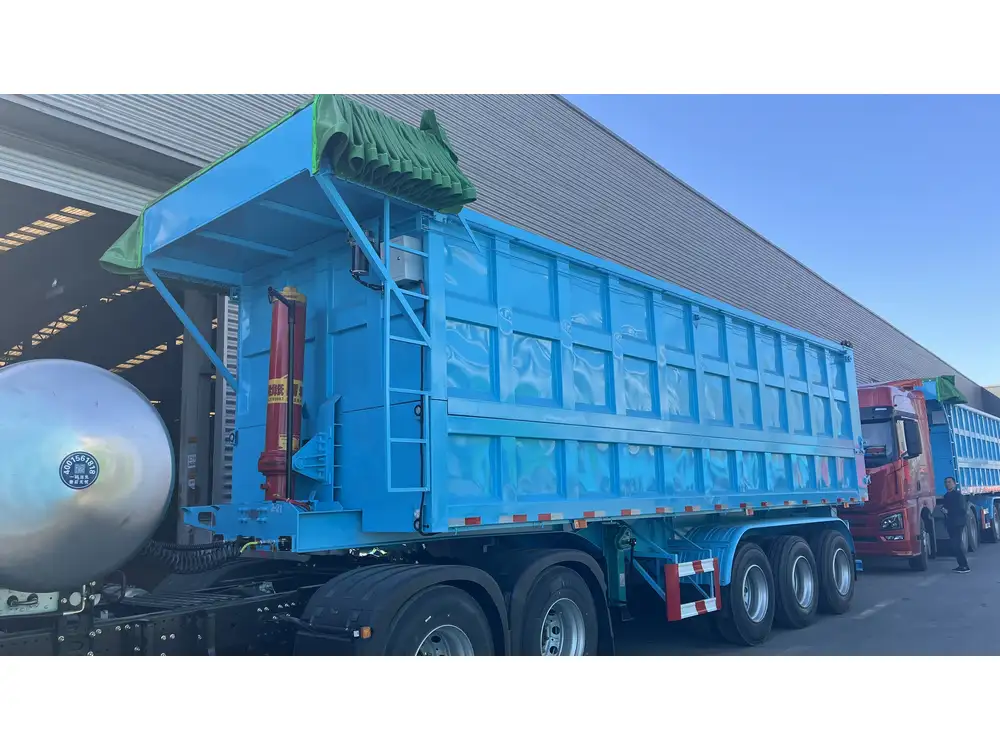
Overview
Gooseneck trailers are characterized by their unique design, which includes a hinged section that fits directly over the towing vehicle’s hitch. This configuration facilitates smooth towing and allows the trailer to carry heavier loads without compromising stability.
Advantages of Gooseneck Trailers
- Increased Stability: The design allows a lower center of gravity, enhancing stability during transport.
- Better Maneuverability: Goosenecks are easier to maneuver in tight spaces, making them ideal for navigating construction sites or farm yards.
- Higher Weight Capacity: They can typically carry more weight than standard trailers due to the spread of weight across the towing vehicle.
Essential Materials and Tools

List of Required Materials
- Steel Tubing: For the trailer frame and structure (consider using square and rectangular tubing).
- Axles: Choose heavy-duty axles suitable for the intended weight capacity.
- Tires: Ensure they match the load requirements and are rated for trailer use.
- Flatbed Decking Material: Common options include treated wood planks or steel.
- Gooseneck Coupler: Essential for the connection to the towing vehicle.
- Wiring Harness and Lights: For safety and compliance with road regulations.
- Paint or Protective Coating: To prevent rust and corrosion.
Must-Have Tools
- Welding Machine: For joining the metal components together.
- Cutting Torch or Plasma Cutter: For cutting steel tubing to size.
- Drill and Drill Bits: To create necessary holes for bolts and wiring.
- Angle Grinder: For smoothing rough edges and surfaces.
- Measuring Tools: Including a square, measuring tape, and level for precision.
Designing Your Trailer
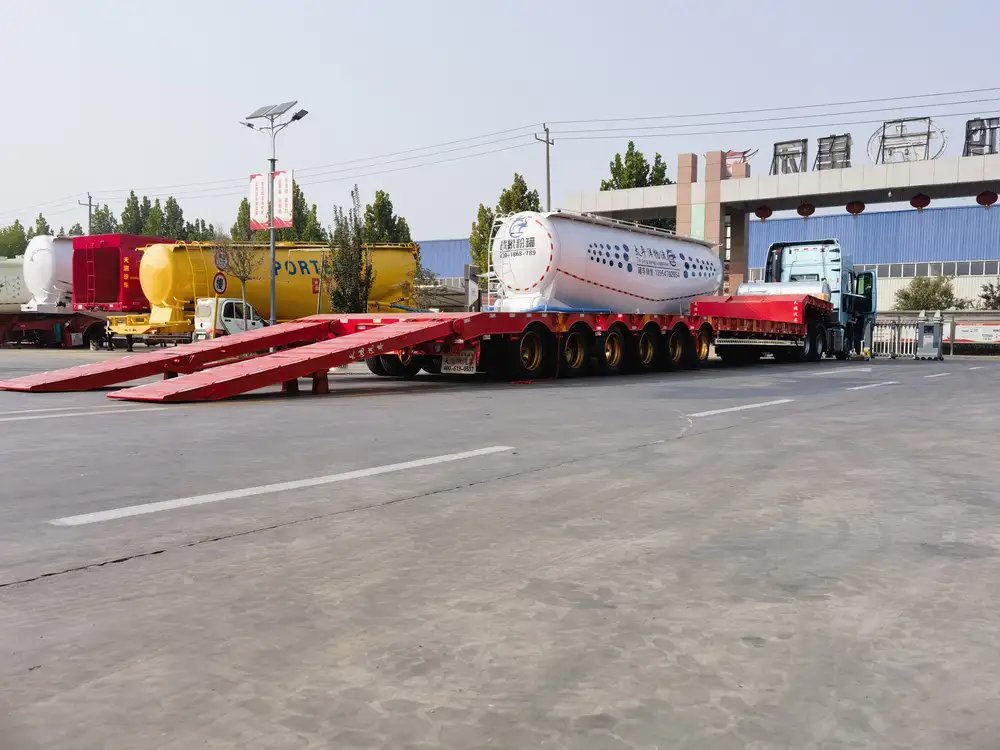
Drafting Plans
Before diving into construction, creating a detailed design is paramount. Sketch traces of the layout, encompassing dimensions such as length, width, and height. There are numerous online trailer design software tools available that can offer templates or assistance in designing your specific model.
Considerations for Load Capacity
Establish the maximum weight load based on the intended use. Take into account the weight of the trailer itself, axles, tires, and materials required for construction. Generally, it is wise to design for at least 10-20% more than your anticipated maximum load to ensure safety and longevity.
Step-by-Step Building Process
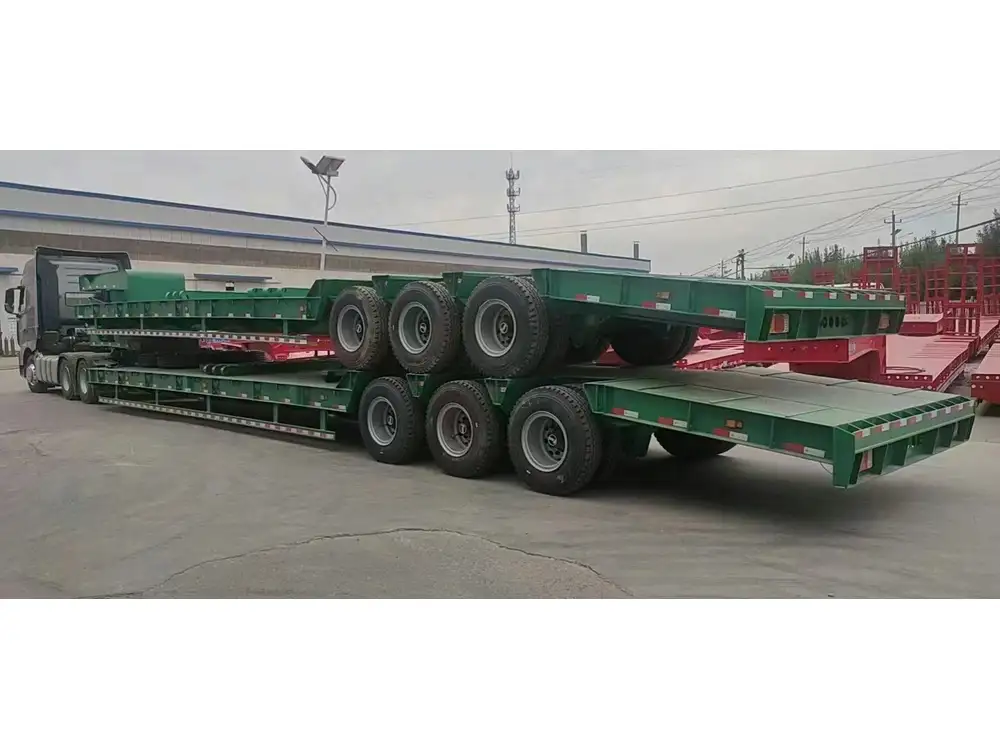
Frame Construction
- Cut Steel Tubing: Measure and cut according to your design dimensions.
- Welding the Frame: Begin by welding the main chassis, ensuring it is square and level as you work.
- Cross Members: Install cross members to provide additional support and reinforce the structure.
Installing the Gooseneck
- Support Structure: Weld a support structure at the front of the trailer for the gooseneck hitch.
- Attach the Gooseneck Coupler: Securely attach the gooseneck coupler to the frame to ensure a robust connection.
Adding the Deck
- Deck Material Placement: Depending on your choice, lay the wooden planks or steel sheets across the top of the frame.
- Securing the Deck: Use bolts or welds to secure the deck to the frame, ensuring it is flush and stable.
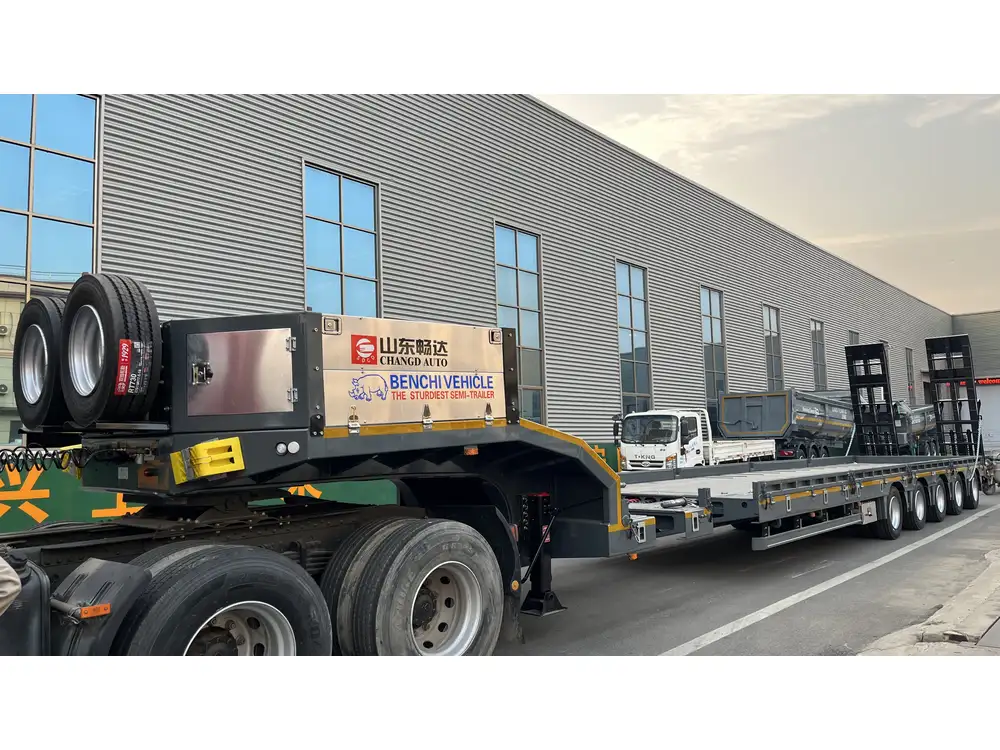
Wheel and Axle Installation
- Axle Installation: Center and align the axles per your design to distribute weight evenly.
- Attach Wheels: Install the wheels onto the axles, ensuring to use lug nuts that are properly torqued.
Electrical System Setup
- Wiring Installation: Step-by-step install the wiring harness for the tail lights and signal indicators.
- Test Lighting Systems: Once set up is complete, conduct a test to ensure all lighting functions operate correctly.
Safety Measures and Regulations
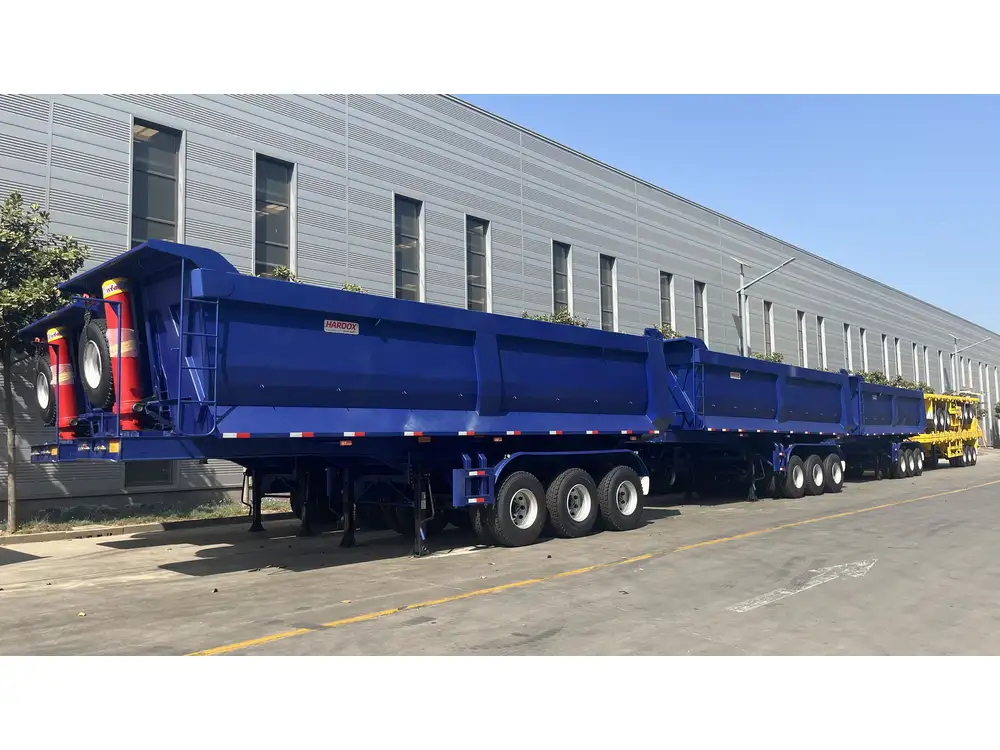
Safety Standards
Adhere to the following safety measures:
- Verify all welding is completed thoroughly to prevent fractures.
- Use high-quality materials sourced from reputable suppliers.
- Ensure that the trailer meets local and federal regulations for transport trailers.
Weight Distribution Considerations
Managing weight distribution is crucial for safety and performance:
- Place heavier items closer to the axles to maintain balance.
- Regularly check load weight against the trailer’s compliance figures to prevent overloading.
Final Adjustments and Maintenance
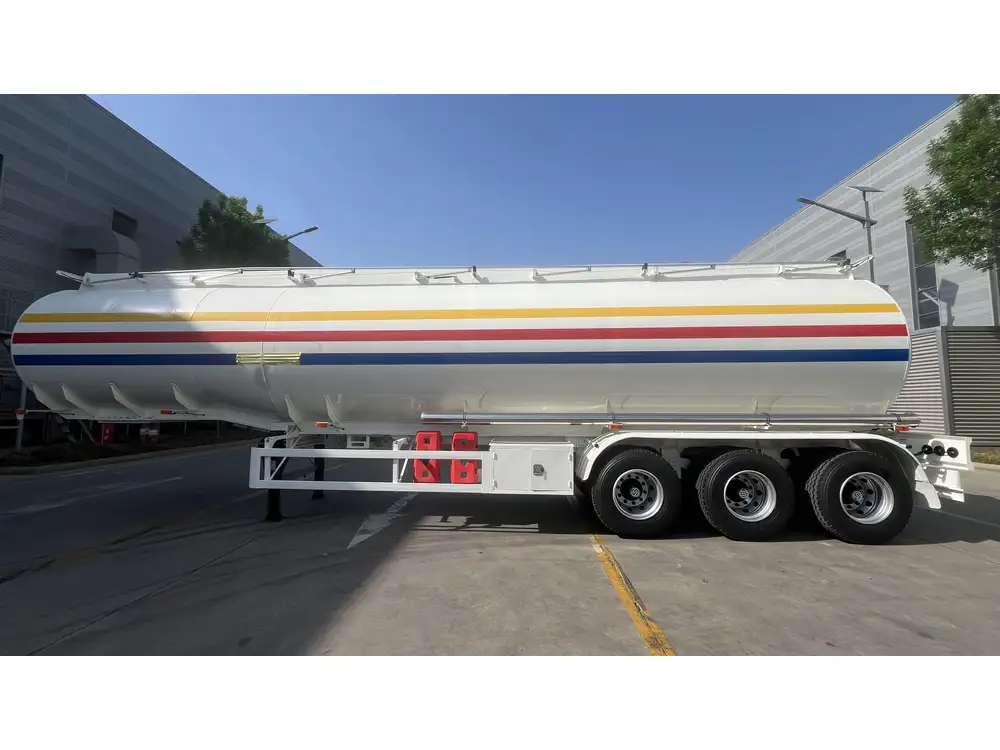
Ensuring Stability
After constructing your gooseneck flatbed trailer, conduct a thorough inspection for stability. Do the following:
- Tighten all bolts and connections.
- Inspect welds for potential weaknesses.
- Test the hitch connection to the towing vehicle.
Long-Term Care Tips
- Regular Inspections: Conduct periodic checks for rust or wear, particularly on joints and welds.
- Lubrication of Moving Parts: Keep axles and wheel bearings well-lubricated.
- Paint Maintenance: Reapply protection as needed to combat corrosion, especially after transporting load that may introduce moisture.
Conclusion
Constructing a gooseneck flatbed trailer empowers users with the ability to customize their vehicle to meet specific transportation needs. By following this comprehensive guide, from understanding the essentials to the final touches of construction and maintenance, you’ll be well-equipped to build a reliable and efficient trailer. Embrace the intricacies of this rewarding project, ensuring safety and functionality are prioritized throughout the process. Whether for commercial purposes or personal use, a well-built gooseneck trailer will serve you for years to come, proving itself as a valuable asset in your ventures.



